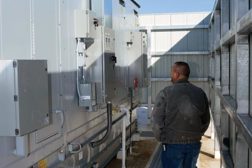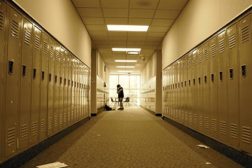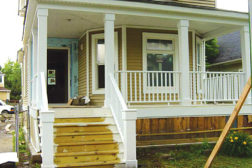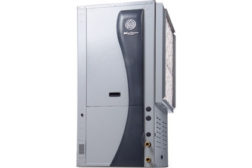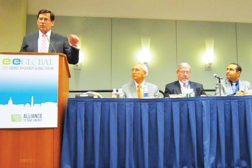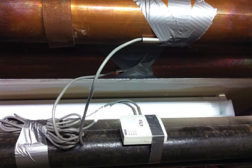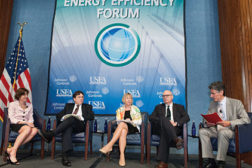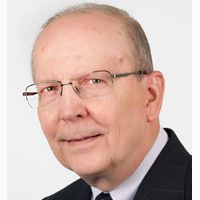Energy Management Features
Active Chilled Beams, Dedicated Outdoor Air Help Building Achieve LEED Gold Certification
Read More
USGBC: Schools Need $500B for Updates
HVACR Contractors Can Work with Schools to Improve Buildings
Read More
Utilities Encourage Geothermal Investment
Utilities Reduce Installation Costs to Encourage Use of GHPs
Read More
Saving Money for Customers, Contractors
Two Manufacturers Tie for Gold in HVAC High-Efficiency Residential Equipment Category
Read More
Urging Congress to Agree on Efficiency
Bipartisan Backing Surfaces for Shaheen-Portman Bill
Read More
Copyright ©2024. All Rights Reserved BNP Media.
Design, CMS, Hosting & Web Development :: ePublishing
